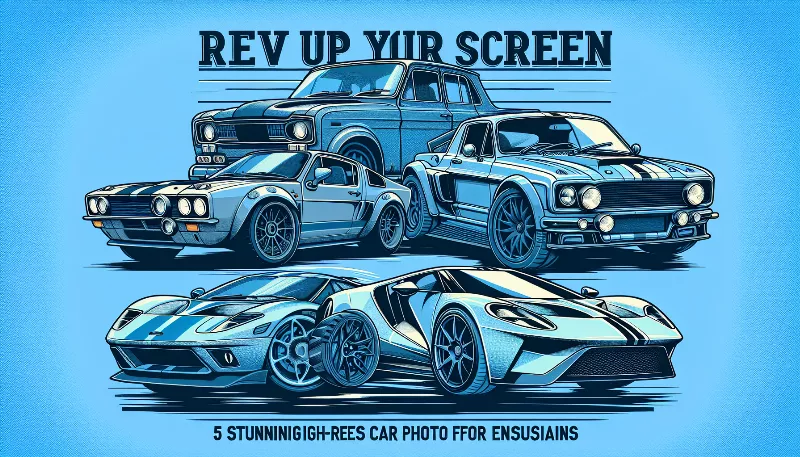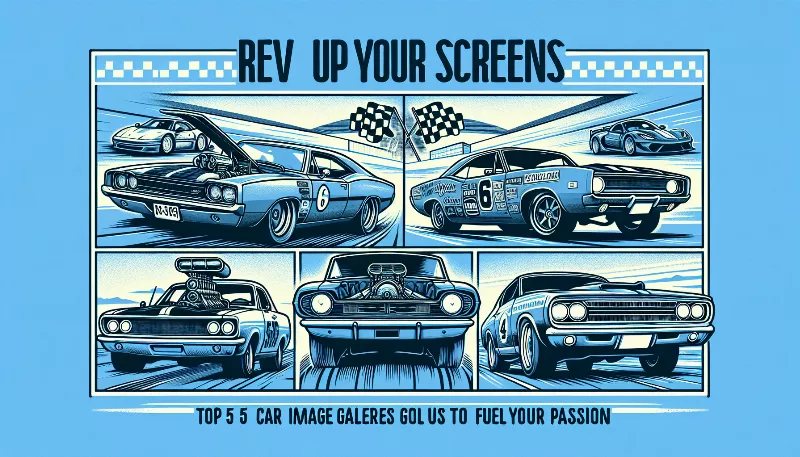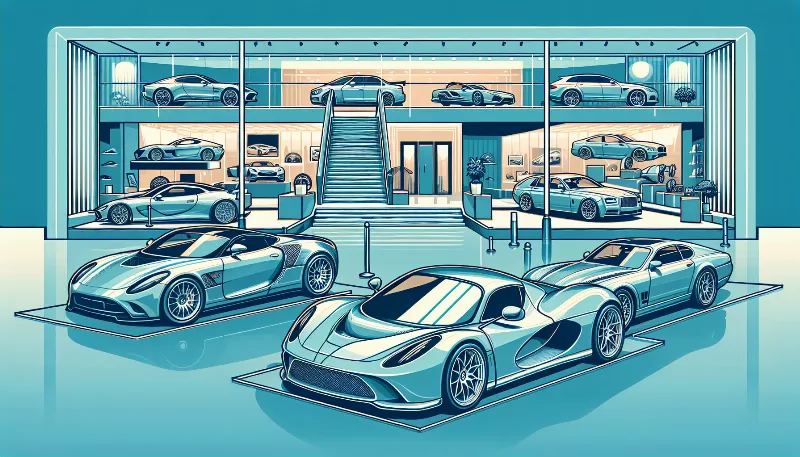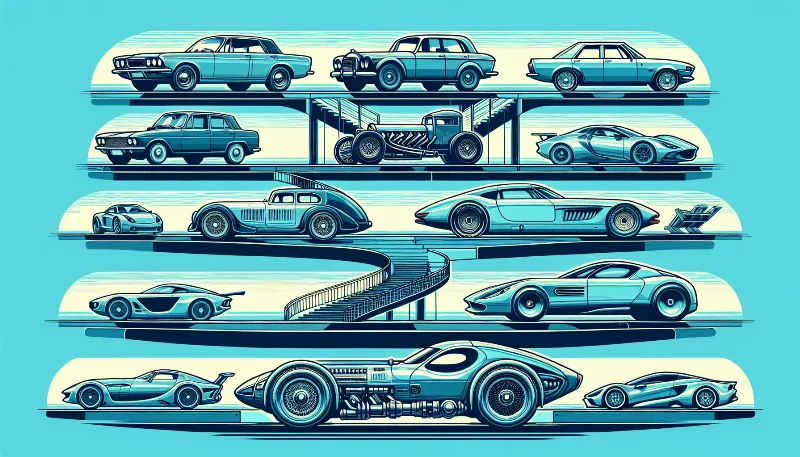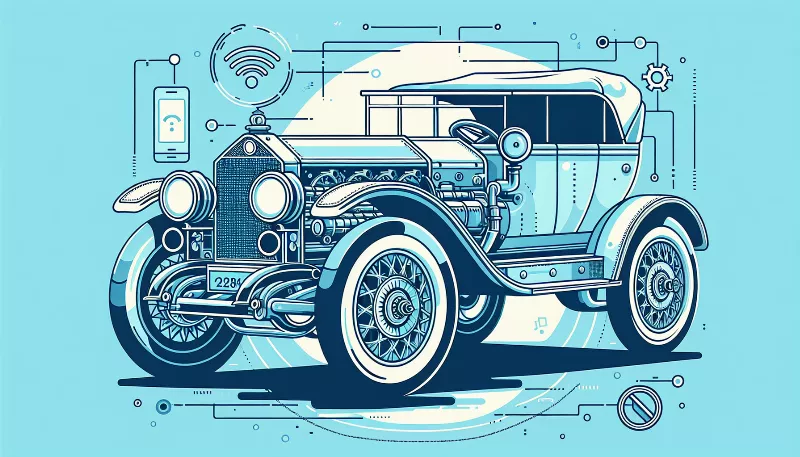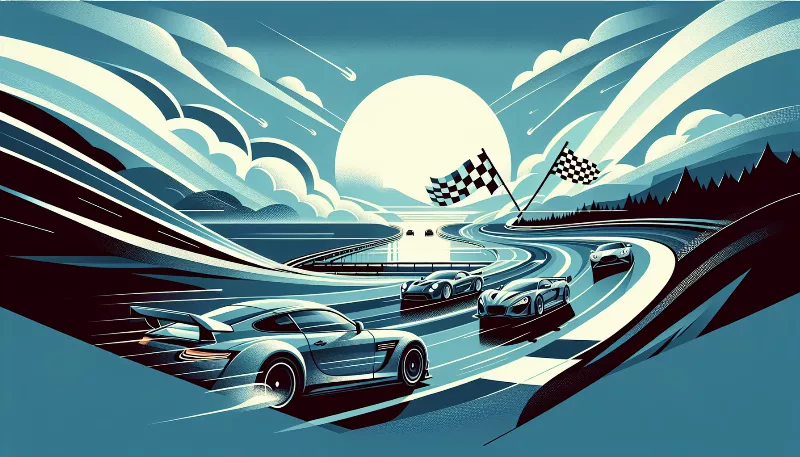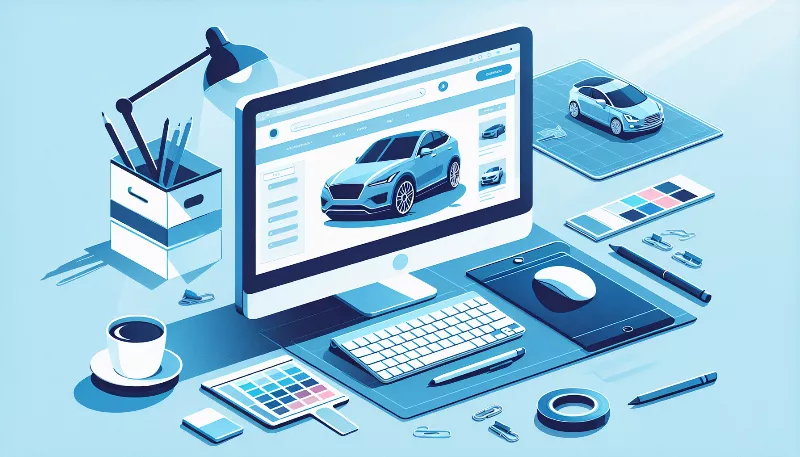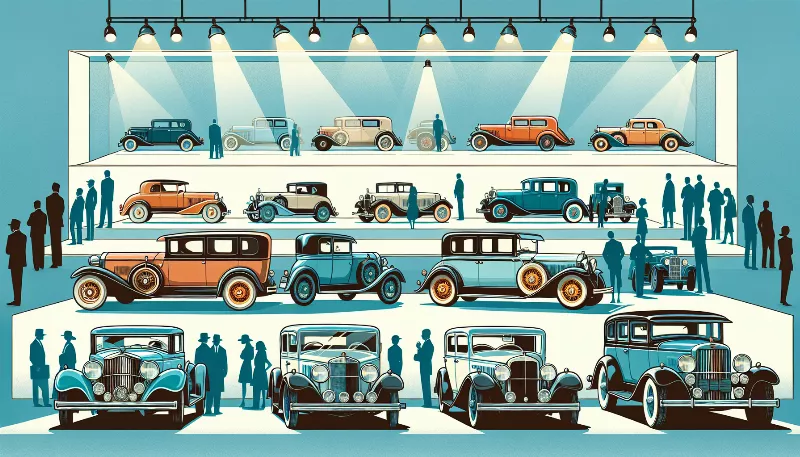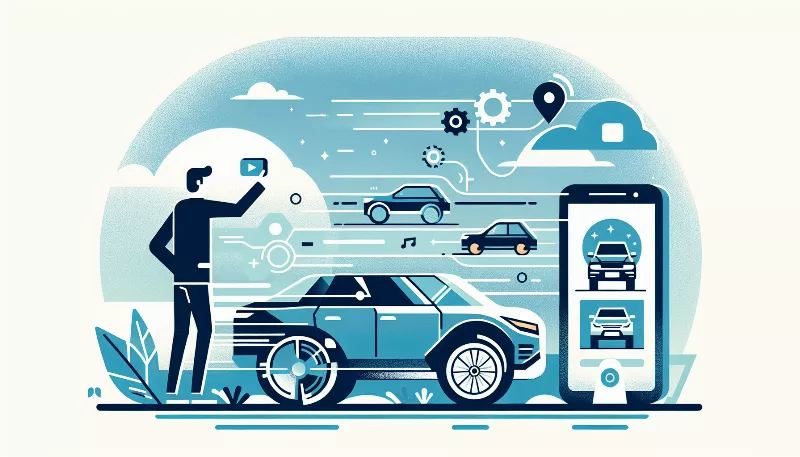Classic Curves: Techniques for Picture-Perfect Vintage Car Shots
Master the art of vintage car photography with our expert tips. Capture the timeless beauty of classic curves in every shot. Click for more!
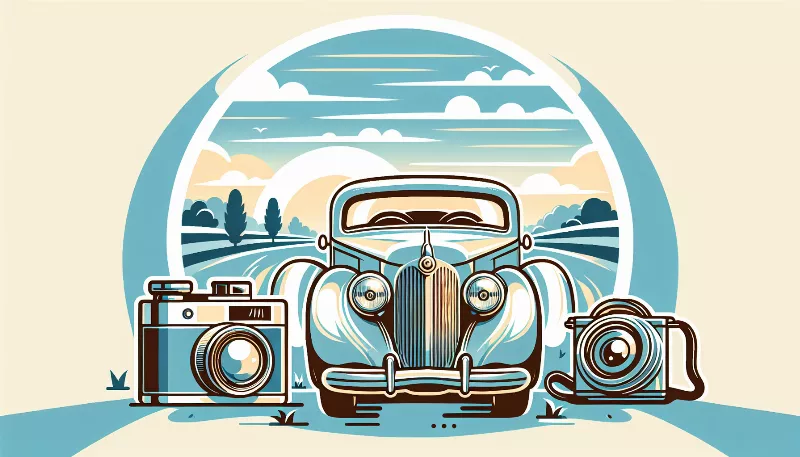
Embrace the Timeless Beauty of Vintage Cars
There's something undeniably alluring about vintage cars—their classic curves, the gleaming chrome, and the stories they carry. Capturing these beauties in photographs requires not just a good camera, but also an eye for detail and a sense of nostalgia. Whether you're a professional photographer or an enthusiast looking to showcase your own classic ride, the right techniques can make all the difference in bringing out the character and charm of vintage vehicles.
Understanding Your Subject
Before you even take out your camera, spend time getting to know the car. Observe its lines, textures, and unique features. Each vintage car has its own personality, and your job as a photographer is to bring that to life. Consider what era the car is from and try to incorporate elements from that time period into your shots, whether it's a retro backdrop or period-correct accessories.
Choosing the Right Gear
While modern digital cameras are more than capable of capturing stunning images, using a classic film camera can add an authentic touch to your photos. Regardless of your choice, ensure you have the right lenses for the job. A prime lens with a wide aperture can help isolate the car from the background, while a polarizing filter will reduce reflections on the glass and bodywork, making those curves pop.
Lighting Matters
The golden hours—shortly after sunrise and before sunset—are the prime times for car photography. The soft, diffused light accentuates the curves of the car and adds warmth to the image. If shooting indoors, consider using softbox lighting to mimic this effect. Pay attention to how the light plays on the car's surfaces and use it to highlight the most interesting design elements.
Composing Your Shot
Composition is key in any form of photography, but with vintage cars, it's all about emphasizing those classic curves. Experiment with different angles—low shots can make the car look more imposing, while a higher angle can offer a comprehensive view of the design. Don't be afraid to get close and focus on the details that make the car special, like hood ornaments, tail fins, or custom badges.
Setting the Scene
The environment around the car can add context and enhance the overall aesthetic of your shot. Whether it's an old gas station, a rustic barn, or a quiet country road, choose a location that complements the car's era and style. Be mindful of modern elements that might distract from the vintage feel you're trying to convey.
Post-Processing Perfection
After you've captured your images, post-processing can be used to fine-tune and stylize your shots. Adjusting the contrast, saturation, and sharpness can help the car stand out. For a truly vintage look, consider adding a sepia or black-and-white filter. However, be careful not to overdo it—the car should remain the star of the show.
Sharing Your Masterpieces
Once you're satisfied with your photographs, it's time to share them with the world. Social media platforms, automotive forums, and car shows are great places to showcase your work. You might even consider creating a dedicated portfolio or blog to document your journey in vintage car photography.
With passion, patience, and practice, you can master the art of photographing vintage cars. Remember, it's not just about the car—it's about capturing a piece of history and the emotions it evokes. So go out there, find those classic curves, and let your creativity take the wheel!

